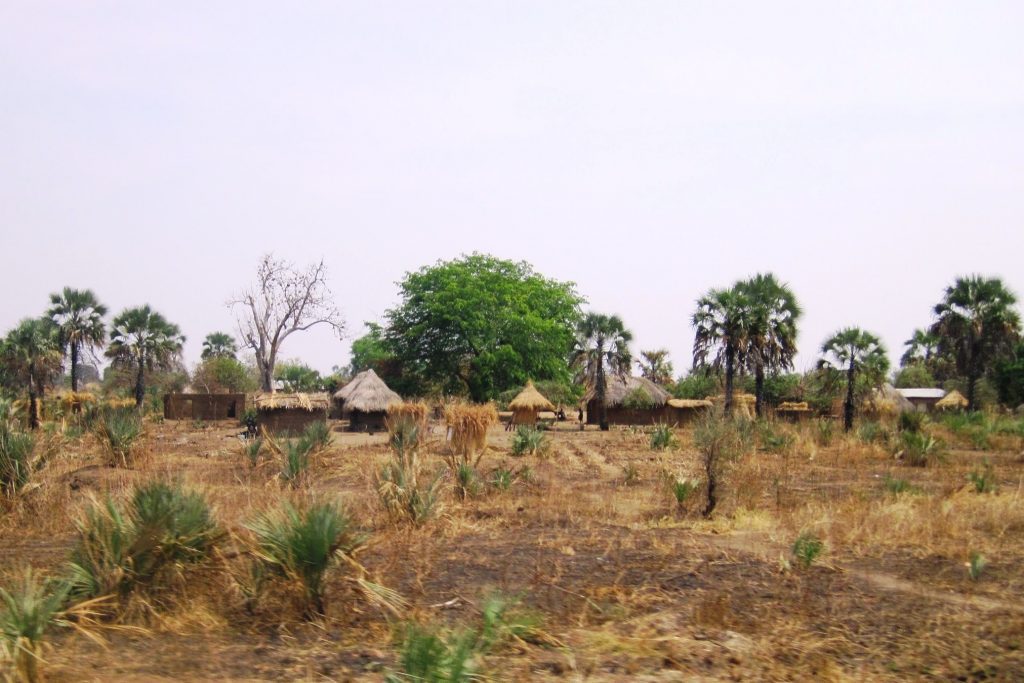
Consider the fairly typical residence in this picture from Mfuwe, Zambia. This site has external sanitation facilities, a wood cook fire (in the round structure with ventilation), no water, no power, and no Internet, etc. They are likely to have a subsistence garden near by, and may have a cattle pen as well. The question raised in my mind by this and similar areas I encountered in my recent visit to Africa is what should be the Tech evolution for village communities?
My (very limited) encounters with the residents in this area indicate they are healthy, nourished, comfortably dressed, and happy. We visited one village where there were a few central water faucets, and some of the homes had solar panel/battery set-ups that could be used to watch soccer games. This village also had schools, churches, and a medical facility.
I use the word “communities” for a specific reason. It appears everyone living in the village (3000 persons) knows each other. Villagers who “go to town,” come back regularly, and plan to “retire” to their village. There is very limited need for formal jobs, or cash. The adult literacy rate in Zambia is listed as 61%, with 97% of children attending primary schools. For better or worse, UNICEF also indicates 75% have cell phones and 13% have Internet. The village head-woman/man manages village assets such as land — newbies, if accepted, are allocated space to build a home, plant crops. When folks leave, their property reverts back to the control of the head-person. No doubt other villages, and other areas of Africa will have different governance models. But key concepts are the vitality and communal support in the villages — things we lack in much of the urbanized world.
There are improvements that can help the health and viability of these villages. Provision of clean water and sanitation are one key area, as are assuring sufficient food supplies in sparse times. (UNICEF notes 45% of children with stunting, so there is room for improvement.) However, pushing these folks towards a Western lifestyle where GDP, “housing starts,” individual car ownership and fast-food are often metrics or media-driven expectations does not seem to support the strengths of their current environment.
I notice similar considerations/needs and possible paths forward in areas I visited in Peru, at U.S. Indian Reservations, and in technologically selective communities such as the Amish communities.
Which leaves me with a question I share, inviting your thoughts. What tech evolution for village communities will benefit humanity (directly and globally)?






 JOIN SSIT
JOIN SSIT